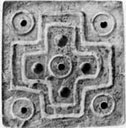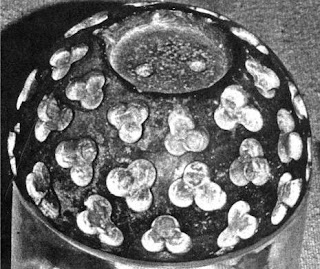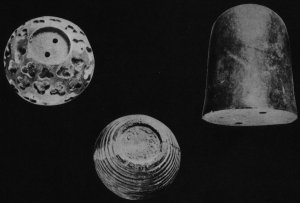Source: Mahabharata S'alya parva Section 35-60:
The tirthasthanas visited by Sri Balarama, starting from Dwaraka (Mul Dwaraka), are chronologically detailed in the Great Epic:
Starts from Dwaraka…Visits…
Prabhasa
Camasodbheda
Udapana
Vinasana
Subhumika
Gargasrot
Sankha (with a gigantic tree, called Mohasankha)
Dwaita lake
Nagadhanwana
Naimisha forest where Sarasvati takes eastward direction
Samantapanchaka
Mandakini stream (where Sarasvati flows again in westerly direction)
Sapta-Saraswat (where the great ascetic Mankanaka had performed his penances)
Seven streams join to form Sapta-Sarasvati: Suprava, Kanchanakshi, Visala, Manorama, Oghavati, Surenu, and Vimalodaka
Usanas (also called Kapalamocana)
Lokaloka mountain
Vasishth Asrama
Dalvya Vaka Asrama
Yayati kshetra
Vasishthapravaaha
Aruna (branch of Sarasvati)
Soma tirtha
Himavat
Taijasa tirtha
Vadarapachana
Sakta tirtha
Indra tirtha
Aditya tirtha
Sarasvata Muni tirtha
Samantapancaka Asrama
Prakshaprasravana tirtha
Karavapana tirtha
Mitra-Varuna Asrama
Kurukshetra (watches the Gada yuddha between Bhima and Duryodhana)
Returns to Dwaraka
Chapter 35: Janamejaya said, "On the eve of the great battle (between the Kurus and the Pandus), the lord Rama, with Keshava's leave, had gone away (from Dwaraka) accompanied by many of the Vrishnis. He had said unto Keshava, 'I will render aid neither unto the son of Dhritarashtra nor unto the sons of Pandu, but will go whithersoever I like!' Having said these words, Rama, that resister of foes, had gone away. It behoveth thee, O Brahmana, to tell me everything about his return! Tell me in detail how Rama came to that spot, how he witnessed the battle. In my opinion thou art well-skilled in narration!"
Valadeva first proceeded to the tirtha called Prabhasa…
Vaishampayana said, "After the high-souled Pandavas had taken up their post at Upaplavya, they despatched the slayer of Madhu to Dhritarashtra's presence, for the object of peace, O mighty-armed one, and for the good of all creatures. Having gone to Hastinapura and met Dhritarashtra, Keshava spoke words of true and especially beneficial import. The king, however, as I have told thee before, listened not to those counsels. Unable to obtain peace, the mighty-armed Krishna, that foremost of men, came back, O monarch, to Upaplavya. Dismissed by Dhritarashtra's son, Krishna returned (to the Pandava camp), and upon the failure of his mission, O tiger among kings, said these words unto the Pandavas, 'Urged by Fate, the Kauravas are for disregarding my words! Come, ye sons of Pandu, with me (to the field of battle), setting out under the constellation Pushya!' After this, while the troops (of both sides) were being mustered and arrayed, the high-souled son of Rohini, that foremost of all persons endued with might, addressed his brother Krishna, saying, 'O mighty-armed one, O slayer of Madhu, let us render assistance to the Kurus!' Krishna, however, did not listen to those words of his. With heart filled with rage (at this), that illustrious son of Yadu's race, the wielder of the plough then set out on a pilgrimage to the Sarasvati.
Accompanied by all the Yadavas, he set out under the conjunction of the asterism called Maitra.
The Bhoja chief (Kritavarma), however, adopted the side of Duryodhana. Accompanied by Yuyudhana, Vasudeva adopted that of the Pandavas. After the heroic son of Rohini had set out under the constellation Pushya, the slayer of Madhu, placing the Pandavas in his van, proceeded against the Kurus. While proceeding, Rama ordered his servants on the way, saying, 'Bring all things that are necessary for a pilgrimage, that is, every article of use! Bring the (sacred) fire that is at Dwaraka, and our priests. Bring gold, silver, kine, robes, steeds, elephants, cars, mules, camels, and other draft cattle! Bring all these necessaries for a trip to the sacred waters, and proceed with great speed towards the Sarasvati! Bring also some priests to be especially employed, and hundreds of foremost of Brahmanas!' Having given these orders to the servants, the mighty Valadeva set out on a pilgrimage at that time of great calamity to the Kurus. Setting out towards the Sarasvati, he visited all the sacred places along her course, accompanied by priests, friends, and many foremost of Brahmanas, as also with cars and elephants and steeds and servants, O bull of Bharata's race, and with many vehicles drawn by kine and mules and camels. Diverse kinds of necessaries of life were given away in large measure and in diverse countries unto the weary and worn, children and the old, in response, O king, to solicitations. Everywhere, O king, Brahmanas were promptly gratified with whatever viands they desired. At the command of Rohini's son, men at different stages of the journey stored food and drink in large quantities. Costly garments and bedsteads and coverlets were given for the gratification of Brahmanas, desirous of ease and comfort. Whatever Brahmana or Kshatriya solicited whatever thing, that O Bharata, it was seen to be ungrudgingly given to him. All who formed the party proceeded with great happiness and lived happily. The people (of Valarama's train) gave away vehicles to persons desirous of making journeys, drinks to them that were thirsty, and savoury viands to them that were hungry, as also robes and ornaments, O bull of Bharata's race, to many! The road, O king, along which the party proceeded, looked resplendent, O hero, and was highly comfortable for all, and resembled heaven itself. There were rejoicings everywhere upon it, and savoury viands were procurable everywhere. There were shops and stalls and diverse objects exposed for sale. The whole way was, besides, crowded with human beings. And it was adorned with various kinds of trees and creatures, and various kinds of gems. The high-souled Valadeva, observant of rigid vows, gave away unto the Brahmanas much wealth and plentiful sacrificial presents, O king, in diverse sacred spots. That chief of Yadu's race also gave away thousands of milch kine covered with excellent cloths and having their horns cased in gold, many steeds belonging to different countries, many vehicles, and many beautiful slaves. Even thus did the high-souled Rama give away wealth in diverse excellent tirthas on the Sarasvati. In course of his wanderings, that hero of unrivalled power and magnanimous conduct at last came to Kurukshetra."
Janamejaya said, "Tell me, O foremost of men, the features, the origin, and the merits of the several tirthas on the Sarasvati and the ordinances to be observed while sojourning there! Tell me these, in their order, O illustrious one! My curiosity is irrepressible, O foremost of all persons acquainted with Brahma!"
Vaishampayana said, "The subject of the features and origin of all these tirthas, O king, is very large. I shall, however, describe them to thee. Listen to that sacred account in its entirety, O king! Accompanied by his priests and friends, Valadeva first proceeded to the tirtha called Prabhasa. There, the Lord of the constellations (Soma), who had been affected with phthisis, became freed from his curse. Regaining energy there, O king, he now illuminates the universe. And because that foremost of tirthas on earth had formerly contributed to invest Soma with splendour (after he had lost it), it is, therefore, called Prabhasa."
…After this (visiting Prabhasa), the mighty Baladeva of undecaying glory proceeded to Camasodbheda, that is, to that tirtha which is called by that name. Giving away many costly gifts at that place, the hero having the plough for his weapon passed one night there and performed his ablutions duly. The elder brother of Keshava then proceeded quickly to Udapana.Although the Sarasvati seems to be lost there, yet persons crowned with ascetic success, in consequence of their obtaining great merits and great blessedness at that spot, and owing also to the coolness of the herbs and of the land there, know that the river has an invisible current, O monarch, through the bowels of the earth there."Vaishampayana said, "Baladeva (as already said), proceeded next to the tirtha called Udapana in the Sarasvati, that had formerly been the residence, O king, of the illustrious (ascetic) Trita. Having given away much wealth and worshipped the Brahmanas, the hero having the plough for his weapon bathed there and became filled with joy. Devoted to righteousness, the great ascetic Trita had lived there. While in a hole, that high-souled one had drunk the Soma juice…
Of immeasurable prowess, Valadeva touched the waters of Udapana. And he gave away diverse kinds of wealth there and worshipped many Brahmanas.
Beholding Udapana and applauding it repeatedly, Valadeva next proceeded to Vinasana which also was on the Sarasvati…
Then Valadeva, O king, proceeded to Vinasana where the Sarasvati hath become invisible in consequence of her contempt for Sudras and Abhiras. And since the Sarasvati, in consequence of such contempt, is lost at that spot, the Rishis, for that reason, O chief of the Bharatas, always name the place as Vinasana. Having bathed in that tirtha of the Sarasvati, the mighty Baladeva then proceeded to Subhumika, situated on the excellent bank of the same river…
proceeded to the famous tirtha called Gargasrota…
then proceeded to the tirtha called Sankha...
beheld a gigantic tree, called Mohasankha…
proceeded to the Dwaita lake…
Baladeva then, O king, proceeded along the southern bank of the Sarasvati. The mighty-armed and illustrious Rama of virtuous soul and unfading glory then proceeded to the tirtha called Nagadhanwana…
Baladeva then set out with face towards the east and reached, one after another, hundreds and thousands of famous tirthas that occurred at every step. Bathing in all those tirthas, and observing fasts and other vows as directed by the Rishis, and giving away wealth in profusion, and saluting all the ascetics who had taken up their residence there, Baladeva once more set out, along the way that those ascetics pointed out to him, for reaching that spot where the Sarasvati turns in an eastward direction, like torrents of rain bent by the action of the wind. The river took that course for beholding the high-souled Rishis dwelling in the forest of Naimisha. Always smeared with white sandalpaste, Vala, having the plough for his weapon, beholding that foremost of rivers change her course, became, O king, filled with wonder…
Janamejaya said, "Why, O Brahmana, did the Sarasvati bend her course there in an easternly direction? O best of Adhvaryus, it behoveth thee to tell me everything relating to this! For what reason was that daughter of the Yadus filled with wonder? Why, indeed, did that foremost of rivers thus alter her course?"
Vaishampayana said, "Formerly, in the Krita age, O king, the ascetics dwelling in Naimisha were engaged in a grand sacrifice extending for twelve years. Many were the Rishis, O king, that came to that sacrifice. Passing their days, according to due rites, in the performance of that sacrifice, those highly blessed ones, after the completion of that twelve years' sacrifice at Naimisha, set out in large number for visiting the tirthas. In consequence of the number of the Rishis, O king, the tirthas on the southern banks of the Sarasvati all looked like towns and cities. Those foremost of Brahmanas, O tiger among men, in consequence of their eagerness for enjoying the merits of tirthas, took up their abodes on the bank of the river up to the site of Samantapanchaka...
the heavenly stream called Mandakini.,,
the Sarasvati, that foremost of rivers, once more flowed in a westerly direction.., Even thus those receptacles of water, O king, were formed in Naimisha. There, at Kurukshetra, O foremost of Kuru's care, do thou perform grand sacrifices and rites! As he beheld those many receptacles of water and seeing that foremost of rivers turn her course, wonder filled the heart of the high-souled Rama. Bathing in those tirthas duly and giving away wealth and diverse articles of enjoyment unto the Brahmanas, that delighter of Yadu's race also gave away diverse kinds of food and diverse desirable articles unto them. Worshipped by those regenerate ones, Vala, O king, then set out from that foremost of all tirthas on the Sarasvati (Sapta-Sarasvat). Numerous feathery creatures have their home there. And it abounded with Vadari, Inguda, Ksamarya, Plaksha, Aswattha, Vibhitaka, Kakkola, Palasa, Karira, Pilu, and diverse other kinds of trees that grow on the banks of the Sarasvati. And it was adorned with forest of Karushakas, Vilwas, and Amratakas, and Atimuktas and Kashandas and Parijatas. Agreeable to the sight and most charming, it abounded with forests of plantains. And it was resorted to by diverse tribes of ascetics, some living on air, some on water, some on fruit, some on leaves, some on raw grain which they husked with the aid only of stones, and some that were called Vaneyas. And it resounded with the chanting of the Vedas, and teemed with diverse kinds of animals. And it was the favourite abode of men without malice and devoted to righteousness. Valadeva, having the plough for his weapon, arrived at that tirtha called Sapta-Saraswat, where the great ascetic Mankanaka had performed his penances and became crowned with success…
Vaishampayana said, "O king, the seven Sarasvatis cover this universe! Whithersoever the Sarasvati was summoned by persons of great energy, thither she made her appearance. These are the seven forms of the Sarasvati: Suprava, Kanchanakshi, Visala, Manorama, Oghavati, Surenu, and Vimalodaka …
the highly blessed and sacred Sarasvati, for rendering assistance, O king, to those high-souled Munis assembled together, made her appearance at Naimisha and came to be called Kanchanakshi. That foremost of rivers, worshipped by all, thus came there, O Bharata! While (king) Gaya was engaged in the performance of a great sacrifice at Gaya, the foremost of rivers, Sarasvati, summoned at Gaya's sacrifice (made her appearance there). The Rishis of rigid vows that were there, named this form of hers at Gaya as Visala. That river of swift current flows from the sides of the Himavat…
Summoned, O monarch, by the high-souled Vasishtha (who assisted Kuru in his sacrifice), the Sarasvati, full of celestial water appeared at Kurukshetra under the name of Oghavati. Daksha at one time performed a sacrifice at the source of Ganga. The Sarasvati appeared there under the name of the fast-flowing Surenu. Once again, while Brahman was engaged in a sacrifice on the sacred forest of the Himavat mountains, the adorable Sarasvati, summoned (by him), appeared there. All these seven forms then came and joined together in that tirtha where Baladeva came. And because the seven mingled together at that spot, therefore is that tirtha known on Earth by the name of Sapta Sarasvati. Thus have I told thee of the seven Sarasvatis, according to their names. I have also told thee of the sacred tirtha called Sapta Saraswat…
Vaishampayana said, "Having passed one night more, Rama, having the plough for his weapon, worshipped the dwellers of that tirtha and showed his regard for Mankanaka… Baladeva then went to the tirtha known by the name of Usanas. It is also called Kapalamochana…Janamejaya said, "Why is it called Kapalamochana, where the great Muni became freed (from the Rakshasa's head)? For what reason and how did that head stick unto him?"…
The righteoussouled Baladeva, touching the water of that tirtha and bathing in it, gave considerable wealth unto the Brahmanas, being devoted to them. Possessed of great might and great prowess Baladeva then proceeded to that tirtha where the adorable Grandsire had created the mountains called Lokaloka, where that foremost of Rishis, Arshtishena of rigid vows, O thou of Kuru's race, had by austere penances acquired the status of Brahmanhood, where the royal sage Sindhudwipa, and the great ascetic Devapi, and the adorable and illustrious Muni Vishvamitra of austere penances and fierce energy, had all acquired a similar status…
Having proceeded far on his way, he reached the asylum of Vasishtha… Then, O king, Rama proceeded to the asylum of Vaka which was not very distant from where he was, that asylum in which, as heard by us, Dalvya Vaka had practised the austerest of penances…
Vaishampayana said, "The delighter of the Yadus then proceeded to the asylum (of Vaka) which resounded with the chanting of the Vedas…
Rama then proceeded, O king, to the tirtha called Yayata. There, O monarch, at the sacrifice of the high-souled Yayati, the son of Nahusha, the Sarasvati produced milk and clarified butter. That tiger among men, king Yayati, having performed a sacrifice there, went cheerfully to heaven and obtained many regions of blessedness. Once again, O lord, king Yayati performed a sacrifice there. Beholding his great magnanimity of soul and his immutable devotion to herself, the river Sarasvati gave unto the Brahamanas (invited to that sacrifice) everything for which each of them cherished only a wish in his heart. That foremost of rivers gave unto each where he was, amongst those that were invited to the sacrifice, houses and beds and food of the six different kinds of taste, and diverse other kinds of things. The Brahmanas regarded those valuable gifts as made to them by the king. Cheerfully they praised the monarch and bestowed their auspicious blessings upon him. The gods and the Gandharvas were all pleased with the profusion of articles in that sacrifice. As regards human beings, they were filled with wonder at sight of that profusion. The illustrious Baladeva, of soul subdued and restrained and cleansed, having the palmyra on his banner, distinguished by great righteousness, and ever giving away the most valuable things, then proceeded to that tirtha of fierce current called Vasishthapavaha…
that foremost of rivers caused her body, O bull among men, to assume a new shape called Aruna. Bathing in that new river (a branch of the Sarasvati)…
he then proceeded to the great tirtha of Soma. There, in days of yore, Soma himself, O king of kings, had performed the Rajasuya sacrifice…
Then the gods headed by Brahman, taking that youth with them, together came to Himavat. The spot they selected was the bank of the sacred and divine Sarasvati, that foremost of rivers, taking her rise from Himavat, that Sarasvati which, at Samanta-panchaka, is celebrated over the three worlds. There, on the sacred bank, possessing every merit, of the Sarasvati, the gods and the Gandharvas took their seats with hearts well-pleased in consequence of the gratification of all their desires…
I have thus told thee, O king, everything about the installation of Kartikeya. Listen now to the history of the sacredness of that foremost of tirthas on the Sarasvati. That foremost of tirthas, O monarch, after the enemies of the gods had been slain, became a second heaven. The puissant son of Agni gave unto each of the foremost ones among the celestials diverse kinds of dominion and affluence and at last the sovereignty of the three worlds. Even thus, O monarch, was that adorable exterminator of the daityas installed by the gods as their generalissimo. That other tirtha, O bull of Bharata's race, where in days of yore Varuna the lord of waters had been installed by the celestials, is known by the name of Taijasa. Having bathed in that tirtha and adored Skanda, Rama gave unto the brahmanas gold and clothes and ornaments and other things. Passing one night there, that slayer of hostile heroes, Madhava, praising that foremost of tirthas and touching its water, became cheerful and happy. I have now told thee everything about which thou hadst enquired, how the divine Skanda was installed by the assembled gods!...
He also obtained for a vehicle a well-equipped and celestial car, fleet as thought, as also all the affluence of a god. Bathing in that tirtha and giving away much wealth, Vala using white unguents thence proceeded quickly to another tirtha. Populous with all kinds of creatures, that tirtha is known by the name Vadarapachana. There the fruits of every season are always to be found and flowers and fruits of every kind are always abundant… Rama (as already said) then proceeded to the tirtha called Vadarapachana where dwelt many ascetics and Siddhas…
That foremost one among the Yadus, Baladeva of great dignity, having bathed in that tirtha and given away much wealth unto many foremost of Brahmanas, then proceeded, with soul well-fixed on meditation, to the tirtha of Sakta…
The mighty chief of the Yadus, having proceeded to Indra's tirtha, bathed there according to due rites and gave away wealth and gems unto the Brahmanas...
then proceeded to the tirtha called Aditya. There, O best of kings, the adorable Surya of great splendour, having performed a sacrifice, obtained the sovereignty of all luminous bodies (in the universe) and acquired also his great energy. There, in that tirtha situated on the bank of that river, all the gods with Vasava at their head, the Viswedevas, the Maruts, the Gandharvas, the Apsaras, the Island-born (Vyasa), Suka, Krishna the slayer of Madhu, the Yakshas, the Rakshasas, and the Pisachas,..
Bathing there and giving away wealth unto the Brahmanas, the high-souled wielder of the plough, of noble deeds, earned great merit and then proceeded to the tirtha of Soma… There, in that tirtha, O Bharata, where the Lord of stars had in former days performed the rajasuya sacrifice, a great battle was fought in which Taraka was the root of the evil. Bathing in that tirtha and making many presents, the virtuous Bala of cleansed soul proceeded to the tirtha of the muni named Sarasvata. There, during a drought extending for twelve years, the sage Sarasvata, in former days, taught the Vedas unto many foremost of brahmanas… The mighty son of Rohini, and elder brother of Keshava, having given away wealth in that tirtha, then joyfully proceeded to another place where lived (in days of yore) an old lady without having passed through the ceremony of marriage…
Then he of Madhu's race, having come out of the environs of Samantapanchaka, enquired of the rishis about the results of the battle at Kurukshetra. Asked by that lion of Yadu's race about the results of the battle at Kurukshetra, those high-souled ones told him everything as it had happened…
Baladeva entered that asylum. Bidding farewell to the Rishis, Baladeva of unfading glory went through the performance of all the rites and ceremonies of the evening twilight on the side of Himavat and then began his ascent of the mountain. The mighty Balarama having the device of the palmyra on his banner had not proceeded far in his ascent when he beheld a sacred and goodly tirtha and wondered at the sight. Beholding the glory of the Sarasvati, as also the tirtha called Plakshaprasravana, Vala next reached another excellent and foremost of tirthas called Karavapana. The hero of the plough, of great strength, having made many presents there, bathed in the cool, clear, sacred, and sin-cleansing water (of that tirtha). Passing one night there with the ascetics and the Brahmanas, Rama then proceeded to the sacred asylum of the Mitra-Varunas. From Karavapana he proceeded to that spot on the Yamuna where in days of yore Indra and Agni and Aryaman had obtained great happiness…
He then descended from that prince of mountains and that fair hermitage called Plakshaprasravana. Having listened to the discourse of the sages about the great merits of tirthas, Rama of unfading glory sang this verse in the midst of the Brahmanas, 'Where else is such happiness as that in a residence by the Sarasvati? Where also such merits as those in a residence by the Sarasvati? Men have departed for heaven, having approached the Sarasvati! All should ever remember the Sarasvati! Sarasvati is the most sacred of rivers! Sarasvati always bestows the greatest happiness on men! Men, after approaching the Sarasvati, will not have to grieve for their sins either here or hereafter!' Repeatedly casting his eyes with joy on the Sarasvati, that scorcher of foes then ascended an excellent car unto which were yoked goodly steeds. Journeying then on that car of great fleetness, Baladeva, that bull of Yadu's race, desirous of beholding the approaching encounter of his two disciples arrived on the field…
Sanjaya continued, 'Hearing this fallacious discourse from Keshava, O king, Rama failed to dispel his wrath and became cheerful. He then said in that assembly, "Having unfairly slain king Suyodhana of righteous soul, the son of Pandu shall be reputed in the world as a crooked warrior! The righteous-souled Duryodhana, on the other hand, shall obtain eternal blessedness! Dhritarashtra's royal son, that ruler of men, who hath been struck down, is a fair warrior. Having made every arrangement for the Sacrifice of battle and having undergone the initiatory ceremonies on the field, and, lastly, having poured his life as a libation upon the fire represented by his foes, Duryodhana has fairly completed his sacrifice by the final ablutions represented by the attainment of glory!" Having said these words, the valiant son of Rohini, looking like the crest of a white cloud, ascended his car and proceeded towards Dwaraka. The Pancalas with the Vrishnis, as also the Pandavas, O monarch, became rather cheerless after Rama had set out for Dwaravati…
https://www.sacred-texts.com/hin/m09/m09035.htm

![]()
![]() read rebus in Meluhha, from r.: aya kárṇaka 'fish, rim-of-jar' rebus: ayas kárṇaka'alloymetal, helmsman' karṇika 'scribe, accountant'.
read rebus in Meluhha, from r.: aya kárṇaka 'fish, rim-of-jar' rebus: ayas kárṇaka'alloymetal, helmsman' karṇika 'scribe, accountant'.  Model reconstructing the Pillar of the Boatmen in the Musée de Cluny. Kernunnos on the Boatmen pillar, Paris, ca. 1st cent. CE
Model reconstructing the Pillar of the Boatmen in the Musée de Cluny. Kernunnos on the Boatmen pillar, Paris, ca. 1st cent. CE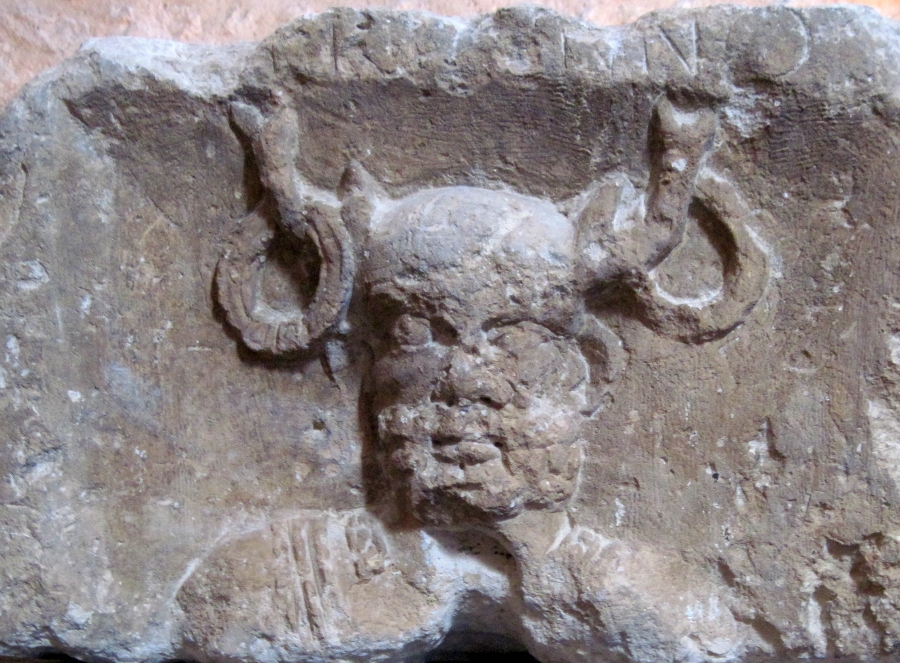 Relief of Cernunnos (the only one that uses this name) on the column dedicated by the boatmen of Paris to Emperor Tiberius andJupiter. Two torcs hang from his antlers. (Musée du Moyen-Âge at Cluny, Paris)
Relief of Cernunnos (the only one that uses this name) on the column dedicated by the boatmen of Paris to Emperor Tiberius andJupiter. Two torcs hang from his antlers. (Musée du Moyen-Âge at Cluny, Paris)











 M428 Mohenjo-daro. Sun's rays, hieroglyph on seal. arka 'sun, sun's rays' rebus: arka 'copper, gold', eraka 'molten cast'. Synonym of arka: kundaṇa 'fine gold'. This pictograph is signified on the belly of the one-horned bull of a pectoral from Mohenjo-daro.
M428 Mohenjo-daro. Sun's rays, hieroglyph on seal. arka 'sun, sun's rays' rebus: arka 'copper, gold', eraka 'molten cast'. Synonym of arka: kundaṇa 'fine gold'. This pictograph is signified on the belly of the one-horned bull of a pectoral from Mohenjo-daro.









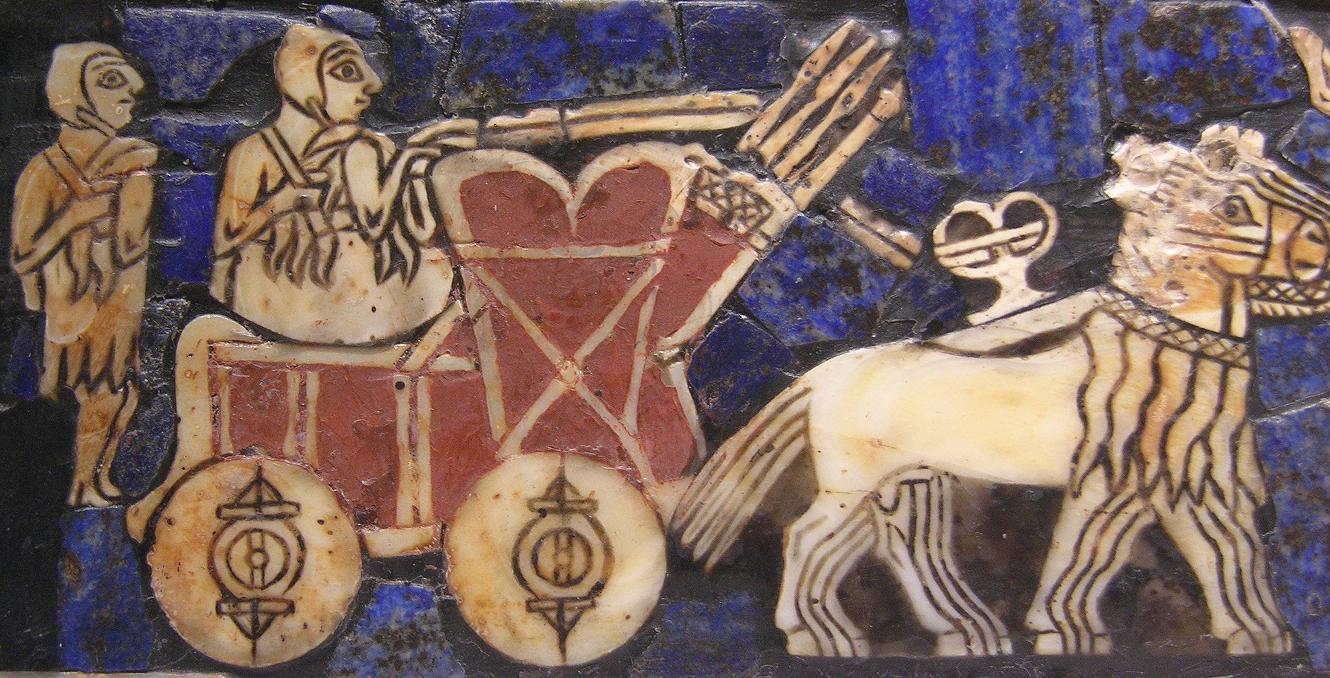
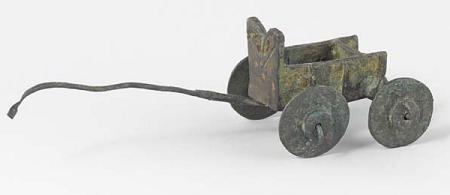


































































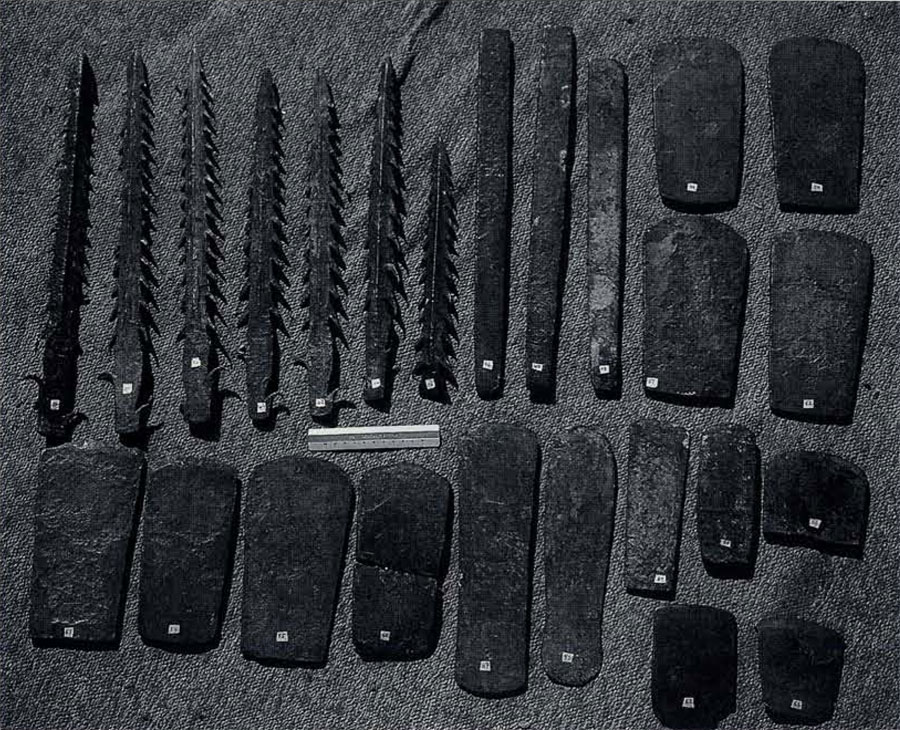
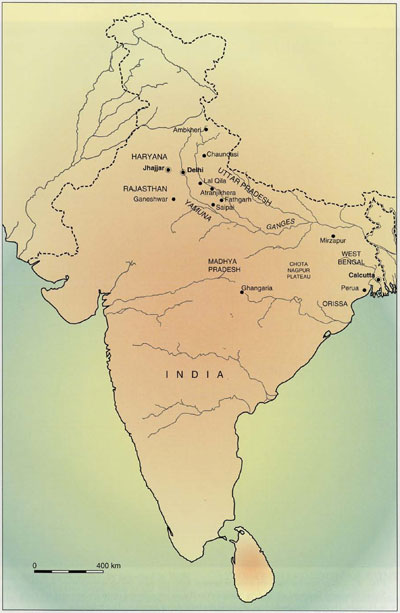


















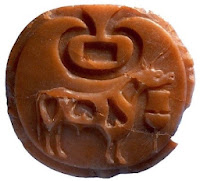
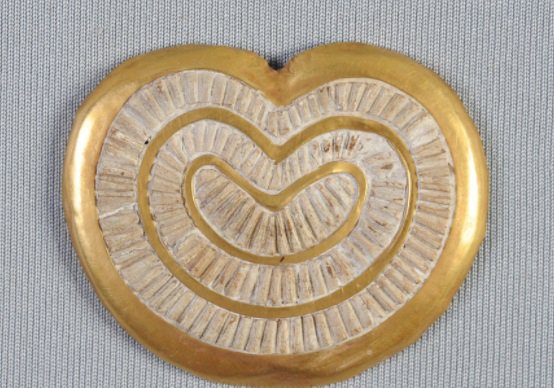 m1656 Pectoral.
m1656 Pectoral. 



























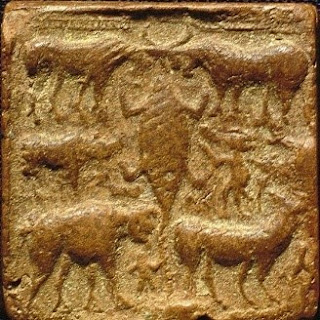


 m0295
m0295


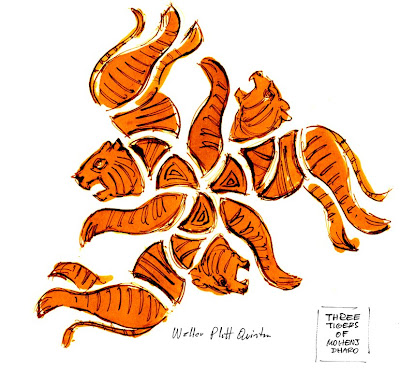












 Zoilus II Soter (Greek:
Zoilus II Soter (Greek: 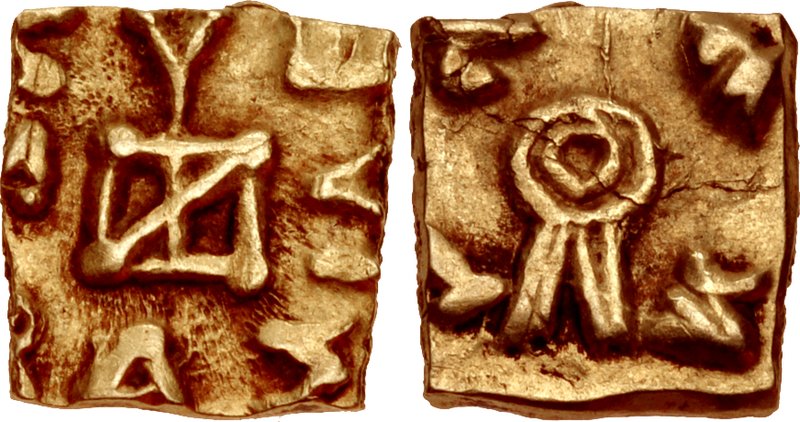
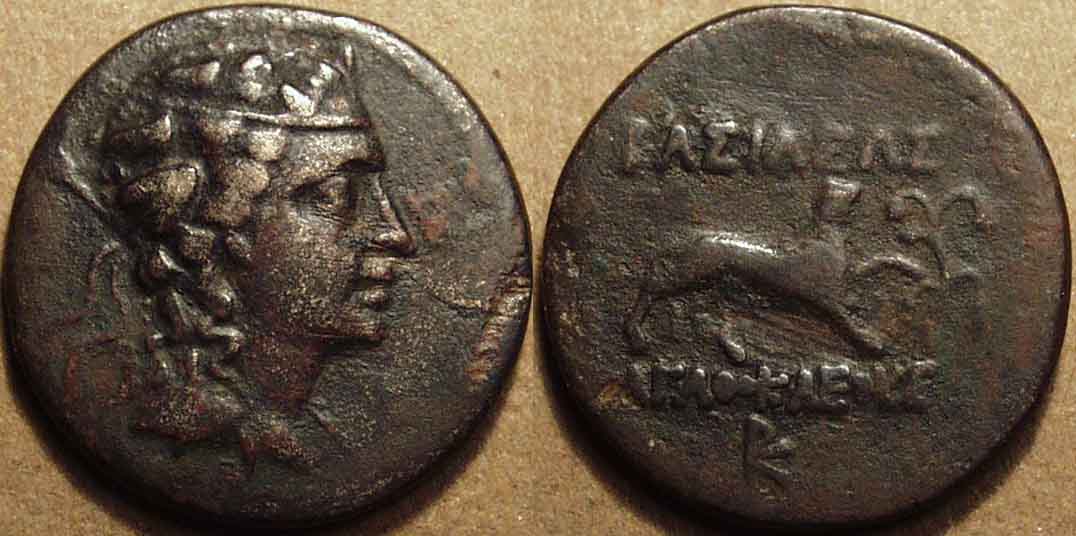
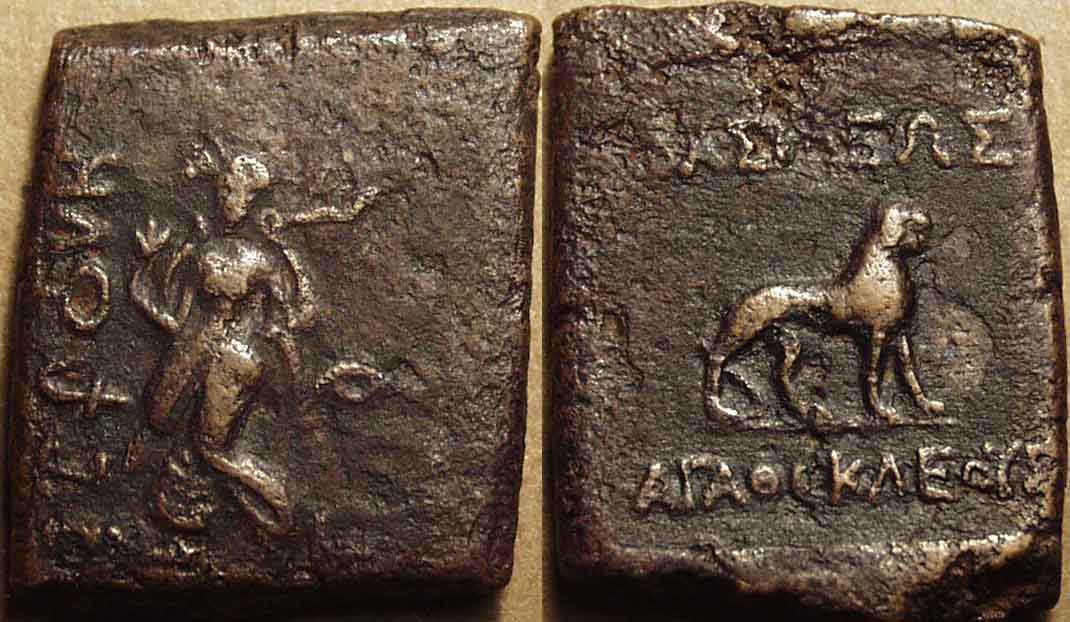


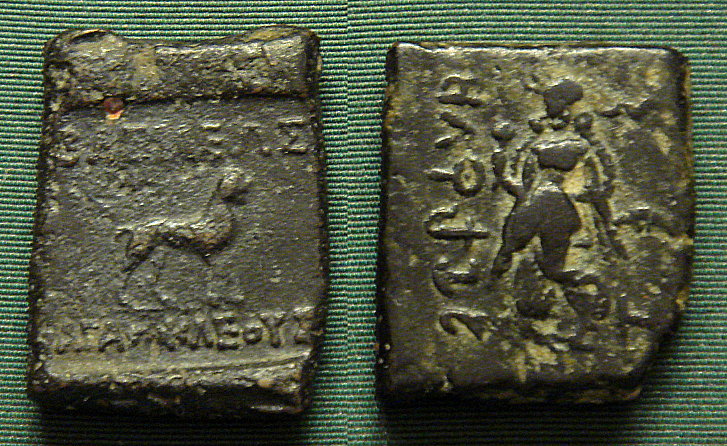

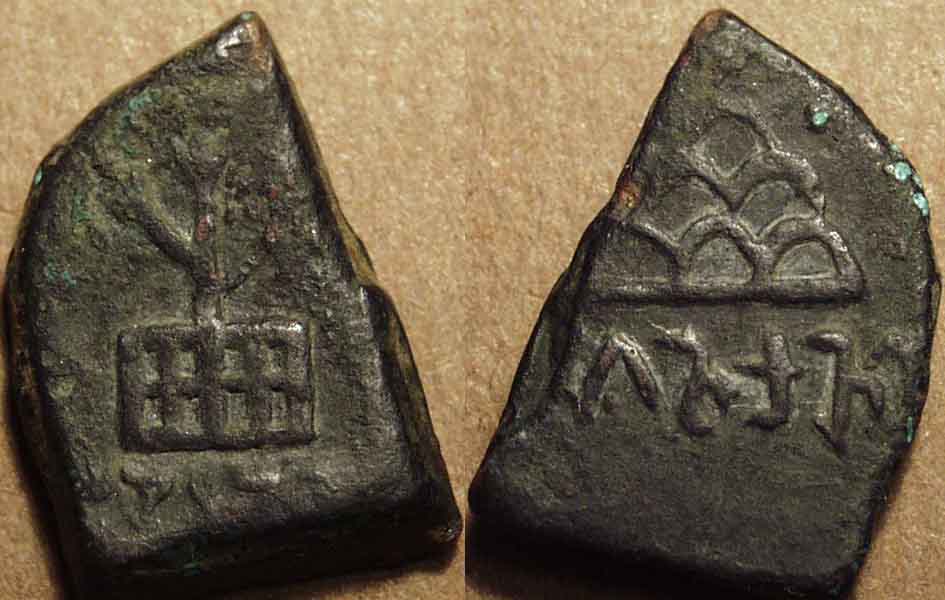 Bactria: Agathocles, AE dichalkon, c. 185-170 BCE
Bactria: Agathocles, AE dichalkon, c. 185-170 BCE

















































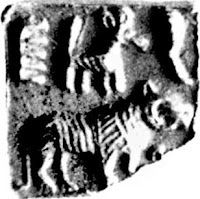






 Ibex, sun's rays, dotted circles
Ibex, sun's rays, dotted circles











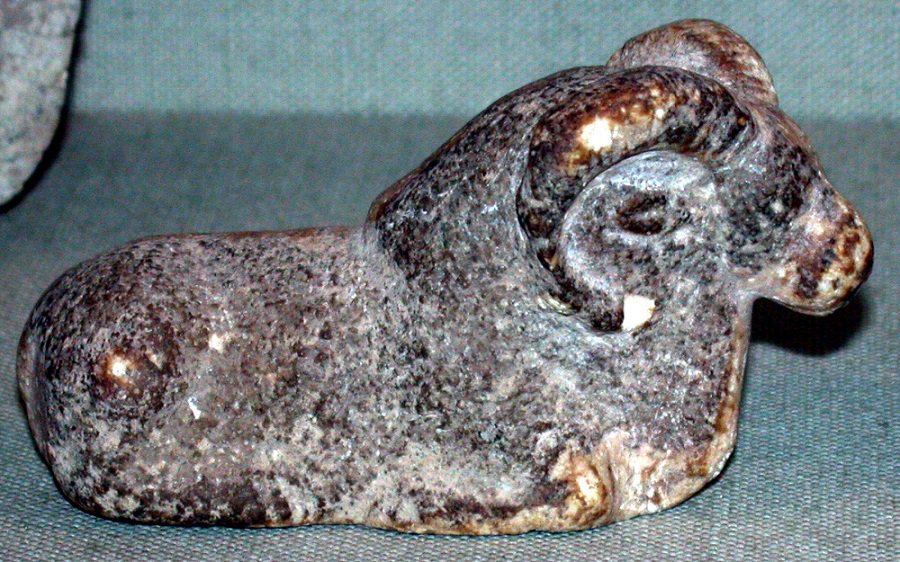


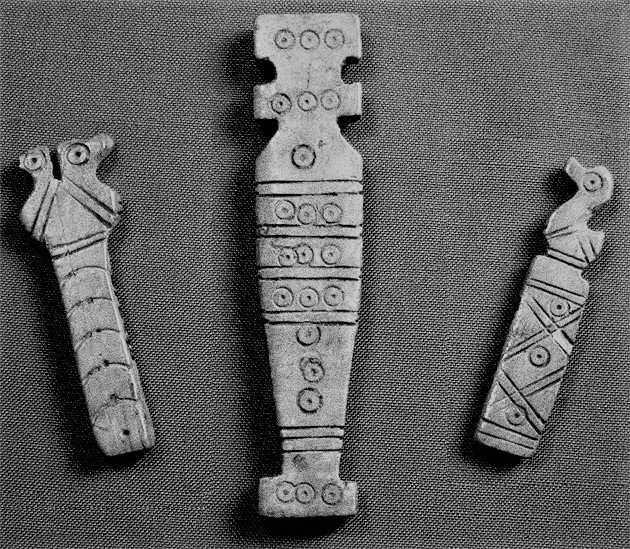
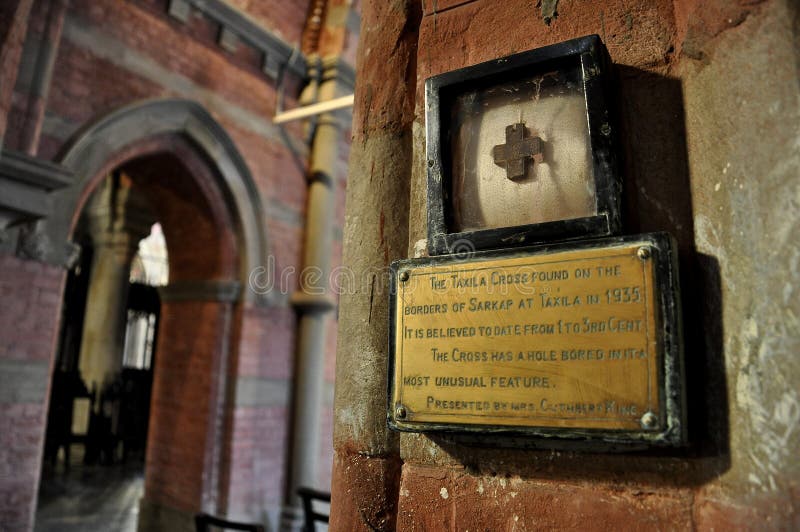
 'Taxila cross' "
'Taxila cross' "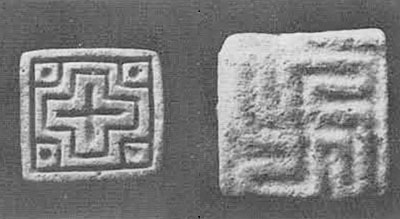 Stamp seals from the Late period levels. Such seals appear to be products of the waning years of the Indus civilization.
Stamp seals from the Late period levels. Such seals appear to be products of the waning years of the Indus civilization. 



